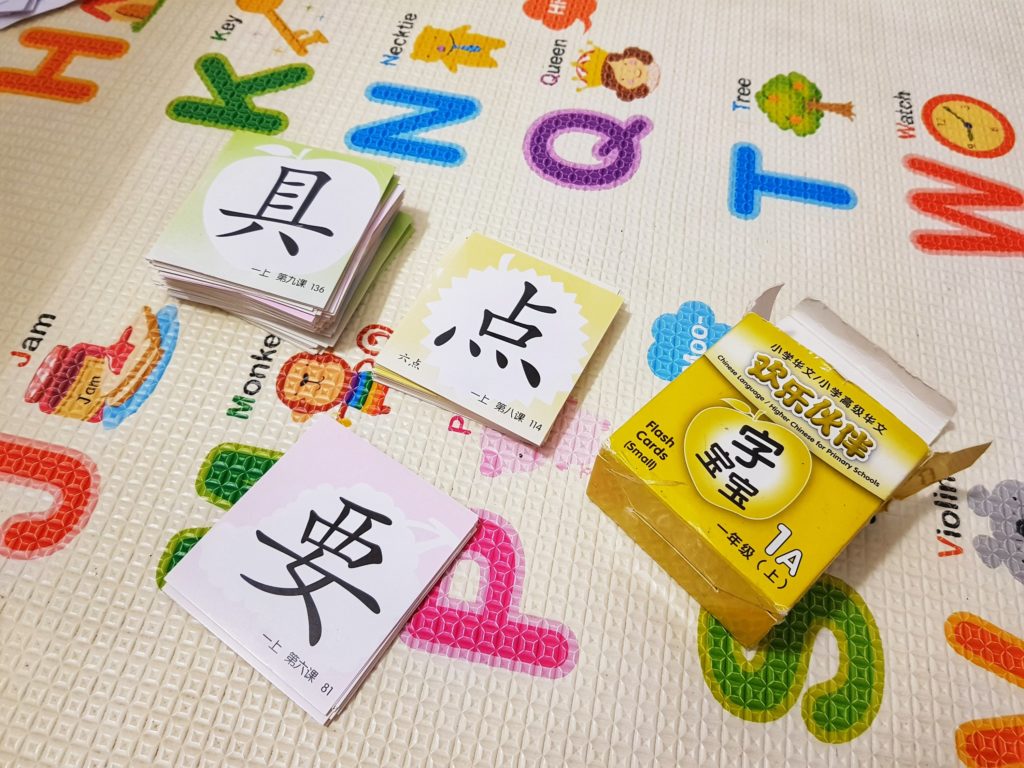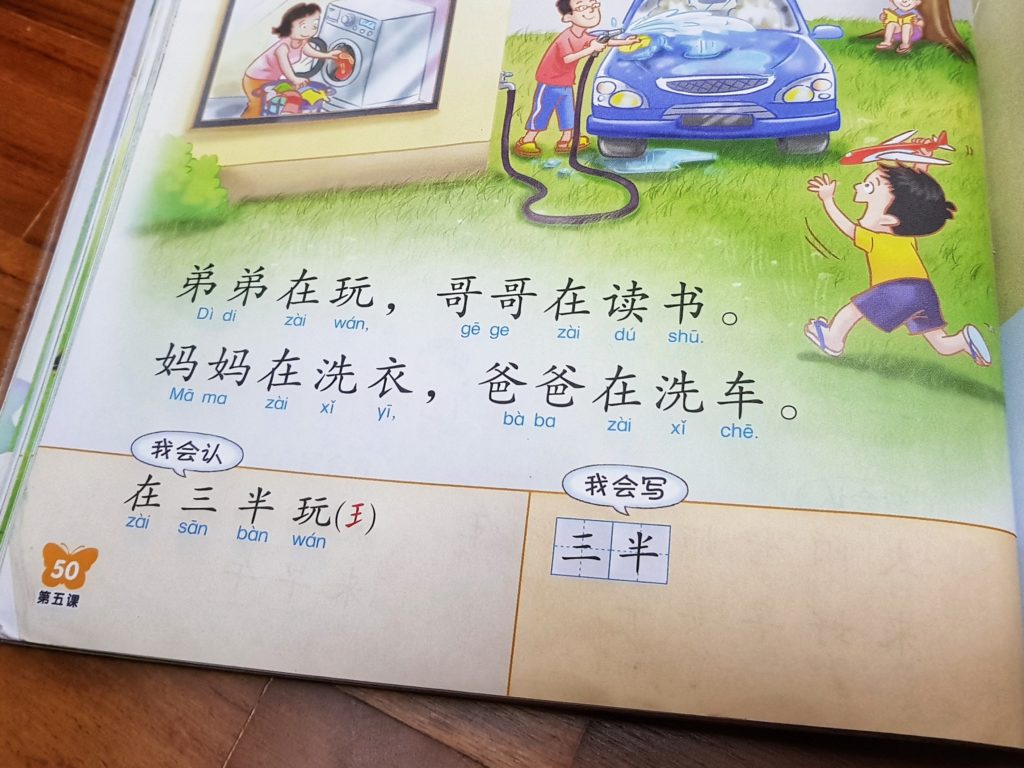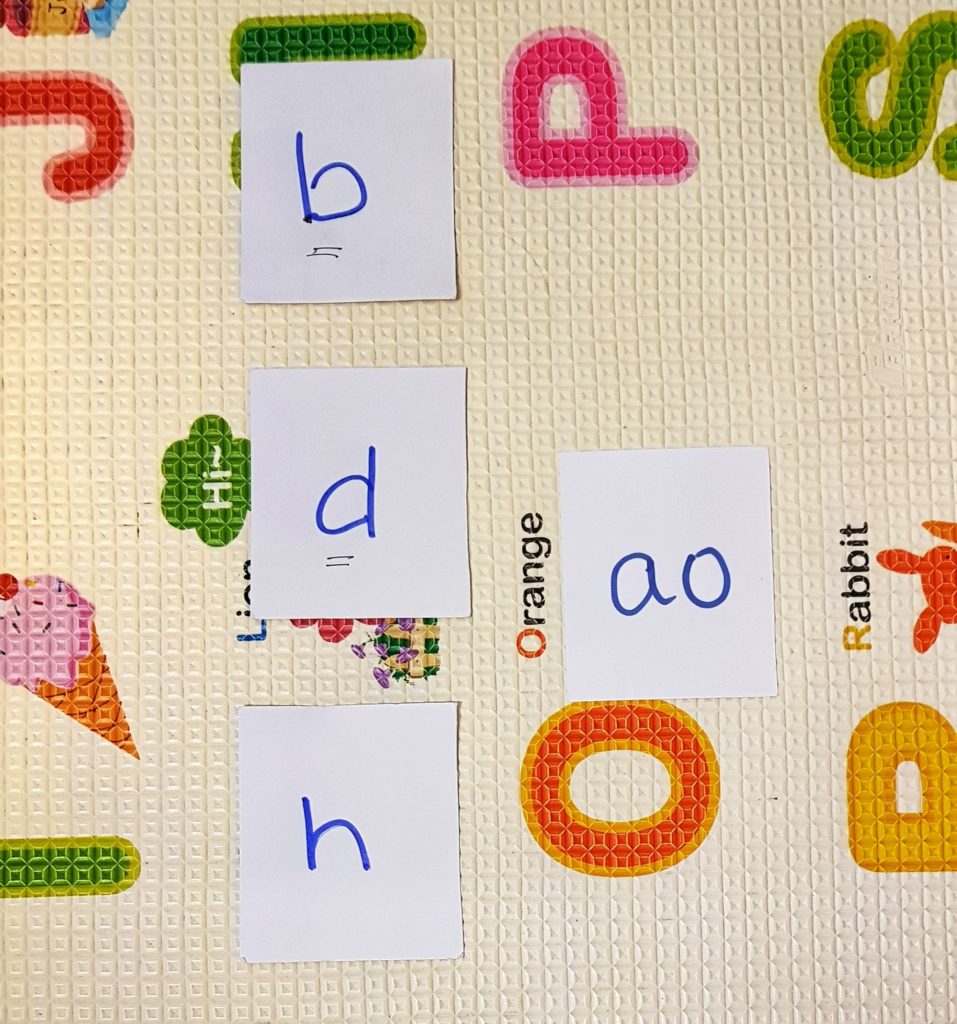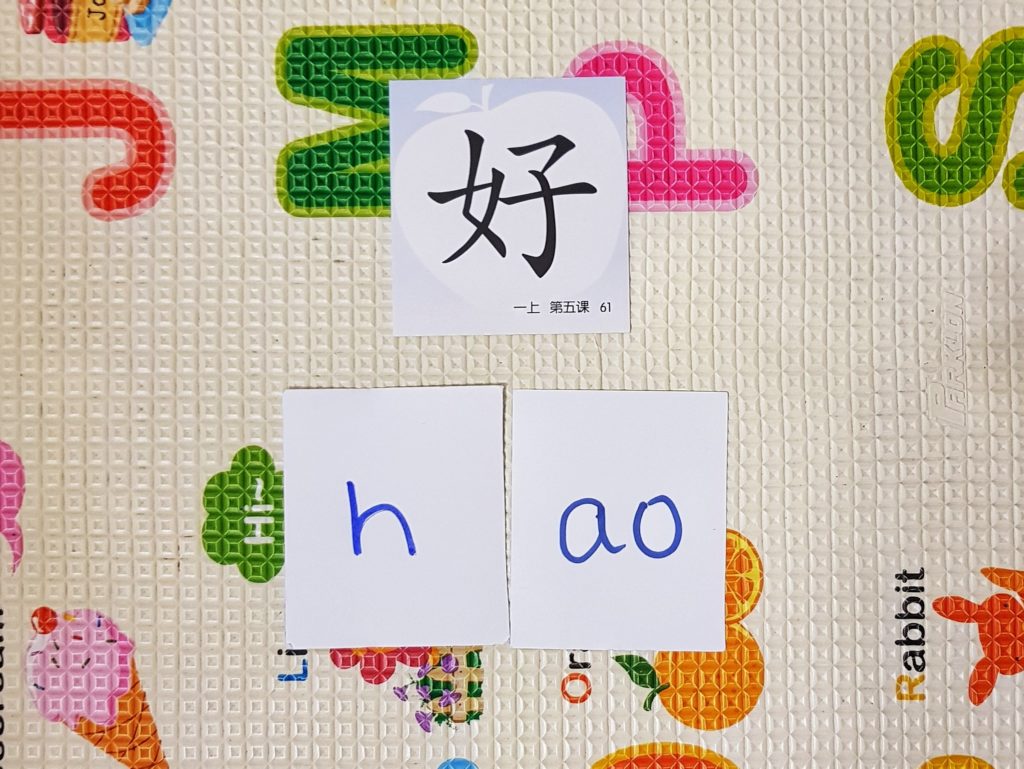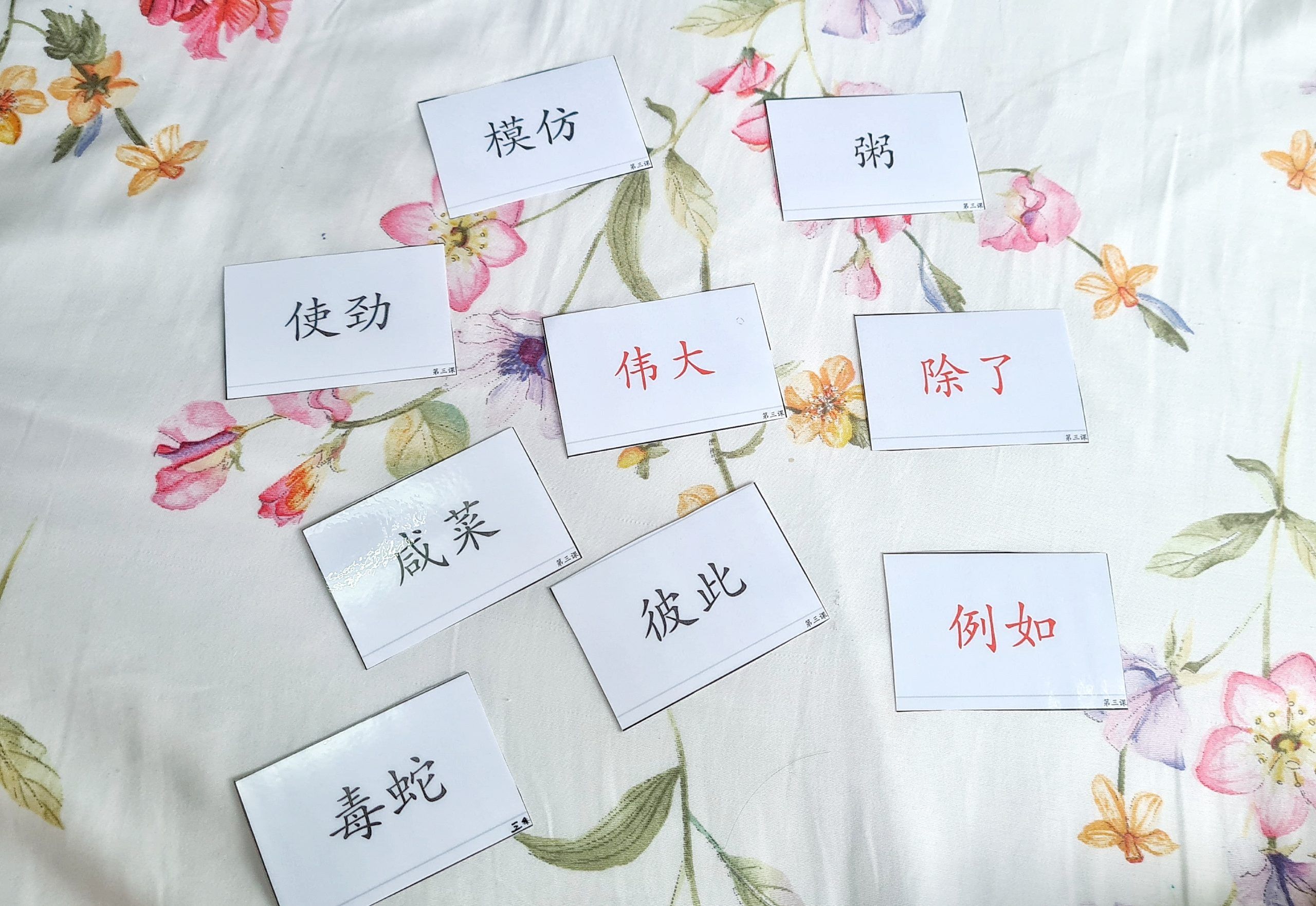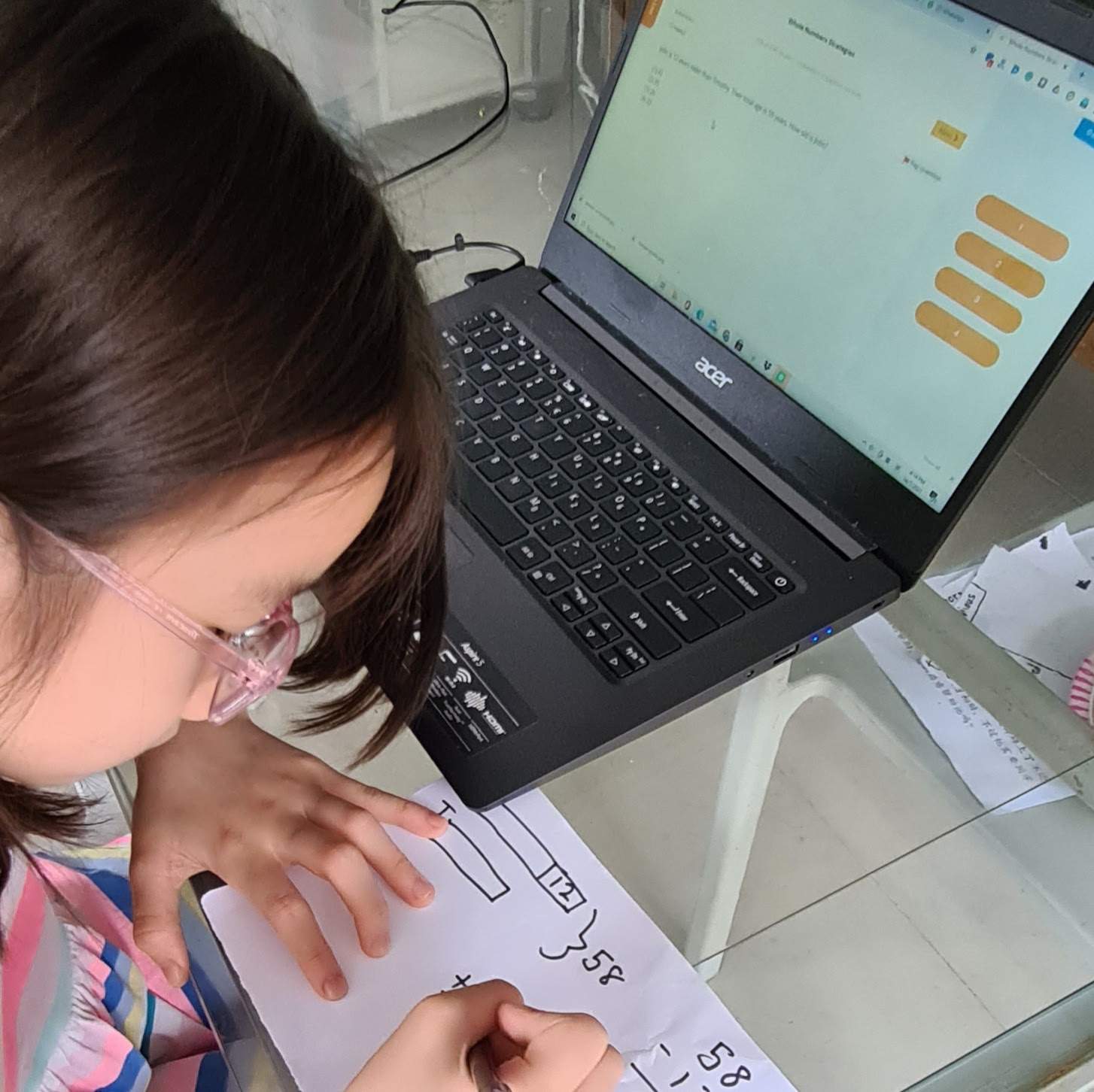Our MOE schools complete teaching the entire Hanyu Pinyin syllabus within the first two terms of the children’s primary school life. Whether or not our 6 and 7-year-old children understand and remember the usage is a separate matter.
I remember learning Hanyu Pinyin in my lower secondary school days! But well, that was almost thirty years ago, and the proliferation of using the Chinese language internationally started nearly two decades ago.
Many of our little ones have problems mastering the Hanyu Pinyin. Some of them, like my children, don’t even like the language in the first place! Whenever I try speaking to my kids in Mandarin, they will resist and demand me to switch back to English. This problem is prevalent in the Singapore family.
Teaching them Chinese and Hanyu Pinyin became a tiresome chore to me after they entered primary school, especially when the child loathes the subject and resists learning.
After a year of trial and error, engaging them in Chinese revision became easier over time. The children gradually picked up the knowledge in the subject, understand how Hanyu Pinyin works and gain greater confidence in giving the right answer.
However, it does not mean that both my children get 100% or high scores for their holistic assessments. It is not my point. What I wanted to achieve, and I am glad that I have done it is to make learning more fun and less stressful for the little ones.
How we make learning Hanyu Pinyin fun
We play card games!
Sometimes, to create excitement in the game, we compete. Whoever gets the right answer gets to keep the cards. The person with the most cards is the winner.
Making use of flashcard helps to keep them motivated in learning, or rather, playing, and sustain their attention for a more extended period.
How to play
There are two sets of cards involved.
The first is a set of flashcards which our school requires us to purchase under the booklist – 快乐伙伴 .字宝宝
This set of flashcards 字宝宝 consists of only words the students are required to learn at their level, nothing more. Under the 快乐伙伴 textbook, the students have a list of words which they must know how to write, and another list of words that they must be able to recognise.
The second set of cards is made by myself, using some random index cards. It consists of hanyu pinyin 声母 (Beginning consonant) and 韵母 (vowel and the final sound).
We started off our practice by using the Hanyu Pinyin flashcard to revise the sound of each 声母 and 韵母. Click here (MOE Xuele) to learn to pronounce each syllabus.
Once they are relatively familiar with each syllabus, we combine the 声母 and 韵母 into words. This is where some children start getting lost. They are not able to pronounce the words when put together.
I like to help them practise by focusing on one 韵母 at a time, say “ao”. We will place all the relevant 声母 together and read out the sound one by one.
Next, I will pull out the words ending with “ao” from 快乐伙伴 字宝宝 and get my children to match the words to the corresponding hanyu pinyin, or vice versa.
We did this repeatedly for our HA revisions. My children responded well, even when they were tired and were too lethargic to start any written work. At least with the flashcards, we got something done.
Get your free Hanyu Pinyin printables here. Laminate them for durability.
Please note that you will automatically subscribe to my blog by keying your information here. Feel free to unsubscribe if you do not wish to hear from me.
Other than Flashcards
On days when they are energetic, I will hone their hanyu pinyin skill using our favourite Chinese assessment book – Chinese Daily Intensive Practice (1A and 1B)
See my post on P1 Assessment Books that worked for my son for more information. We have been using the same series for the past 1½ year. Although we switch to another book as recommended by the school, I decided to return to Chinese Daily Intensive Practice as I felt that the book is more thorough and structured.
You may also be interested in:
Sage Formula for Preschool Chinese – My First Review and Free Printable Activities
My attempt to get my children to like Mandarin a little more
MOE Xuele: Information for Parents
A Fun Way to Learn Fractions using Fraction Cards
Brushing up my P2’s and P3’s Maths with Monopoly
Free Printables – Primary 4 Chinese Flashcards
To find additional learning fun, please explore
- Xuele for games at the end of each chapter
- Ezhishi Funland
Hope this post is useful to you.
Don’t want to miss my posts? Subscribe here to get updates from me.
*contains affiliated link

